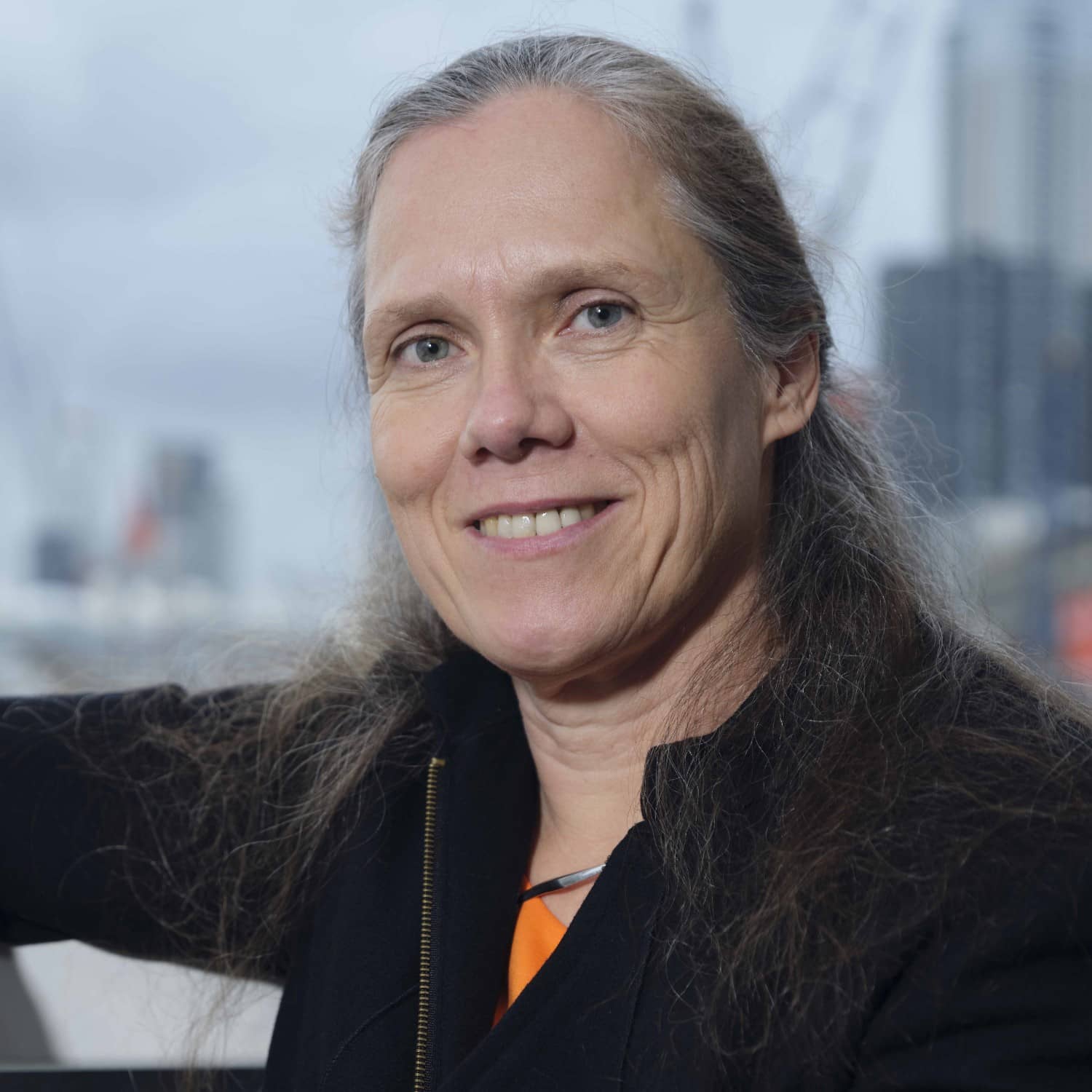Green Architecture
Green by Need
Principles of Modernism could be applied universally around the world and innovative technical materials such as concrete and steel allowed for limitless possibilities. Locally rooted materials and building cultures lost out against an industrialized global building culture. Most modern building materials, however, are produced using resource-intensive processes; they generate considerable waste; and they are also responsible for 40% of greenhouse gas emissions. We are now confronted with climate change and destruction of natural habitats as part of Modernism’s heritage. Therefore, it’s time to radically rethink and revise our frame of reference.
The concept of circularity relies on ways of doing and being in the world that date as far back as antiquity. For many, circularity represents a different way that human society is interrelated with nature (Prieto-Sandoval et al., 2018). In this section of the module, Carola attempts to trace the origins of green architecture and how the concept evolved over the years. ‘Green by Need’ is the first of three videos that discusses the historical foundations of circularity. How did the principles of circularity manifest in the production of the built space and the social relations of the communities that produced them in traditional, vernacular architecture?
Main Takeaways
- Humans sourced basic materials locally, materials were constantly reused and recycled, construction was carried out by locals and was also adaptive to local climates.
- Construction was a manifestation of communal living and was accompanied by other types of social interaction like festivals and celebrations.
- The specific climate conditions of each region gave way to different typologies, although some limitations did exist: for example, Japanese vernacular buildings were lifted from the ground to allow air circulation whereas their wooden pillars were based on stones to provide resilience to earthquakes. On the other hand, being constructed exclusively with wood and bamboo they could not be built high, whilst the tatami floors made of igusa grass could not accommodate heavy furniture.
Have the traditional practices of building persisted? Are there any indigenous communities you know of that preserve these practices? In Section 04. Materials, Mo discusses similar contemporary examples of traditional building. Click here to watch Mo’s video.
